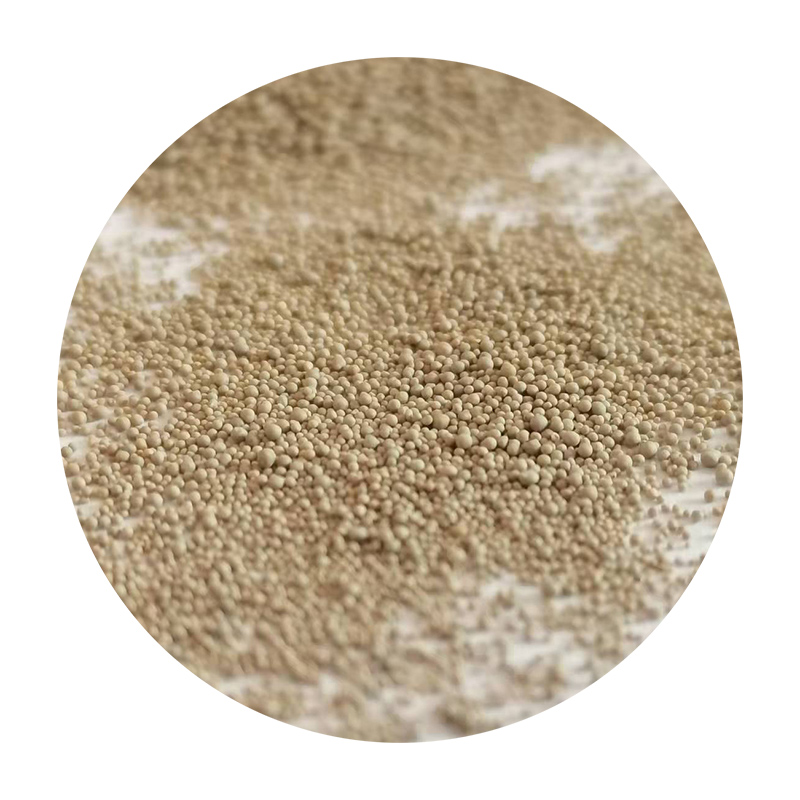Applications of Sand Casting A Versatile Manufacturing Process
Sand casting, one of the oldest and most versatile metal casting processes, has stood the test of time in various industries. This technique involves creating a mold from sand and using it to shape molten metal into desired parts. While many modern manufacturing processes exist, sand casting remains popular due to its cost-effectiveness, simplicity, and the ability to produce complex shapes. This article explores the diverse applications of sand casting across different sectors.
1. Automotive Industry
The automotive sector is one of the largest consumers of sand casting. It relies heavily on this process to produce engine blocks, cylinder heads, and various other components. Sand casting enables manufacturers to create intricate designs and large parts that are often difficult to achieve with other methods. For instance, critical components like transmission housings and wheels can be efficiently produced, ensuring both high quality and performance. The ability to cast large quantities of parts at a relatively low cost also makes sand casting an appealing option for automakers looking to optimize production.
2. Aerospace Industry
In the aerospace industry, precision and durability are paramount. Sand casting is employed to manufacture parts such as turbine casings, brackets, and other components that require high strength-to-weight ratios. The process allows for the fabrication of complex geometries that can withstand extreme conditions. Advanced materials, such as superalloys, can also be used in sand casting, ensuring that the products meet stringent safety and performance standards essential in aviation applications.
Sand casting is crucial in the production of components for industrial machinery. It is widely used to create parts like gears, housings, and pump bodies. The ability to cast large parts with intricate designs makes it a preferred choice for manufacturers of heavy machinery and equipment. Furthermore, the process allows for the incorporation of various alloys that can enhance the properties of the final product, such as corrosion resistance and strength.
applications of sand casting

4. Art and Sculpture
Beyond industrial applications, sand casting is also employed in artistic endeavors. Artists and sculptors utilize this process to bring their creative visions to life through the creation of intricate sculptures and art pieces. Sand casting provides the freedom to explore unique shapes and designs that may be challenging to achieve through other methods. Moreover, it allows artisans to produce limited editions of their work, combining art with the manufacturing process.
5. Pipe and Fittings Manufacturing
The construction and plumbing industries significantly benefit from sand casting. Pipes and fittings made through this process are critical for fluid and gas transport. Sand casting provides the durability and strength required for these components, which must withstand pressure and environmental factors. The versatility of the process also allows for the production of customized parts that meet specific project requirements.
6. Energy Sector
The energy sector, particularly in oil and gas, uses sand casting to manufacture components like valves, pumps, and fittings. These parts must endure harsh environments and high pressure, making the reliability of sand-cast components essential. Sand casting allows for the production of high-strength parts capable of meeting the demands of the energy industry.
Conclusion
The applications of sand casting are vast and varied, showcasing its importance across numerous sectors, including automotive, aerospace, industrial equipment, art, construction, and energy. Its ability to produce complex shapes, cost-effectiveness, and versatility continue to make sand casting a relevant choice in modern manufacturing. As technology advances, the sand casting process is also evolving, incorporating new techniques and materials that enhance its capabilities. Whether for practical industrial components or artistic creations, sand casting remains a cornerstone of metal fabrication, proving that sometimes traditional methods can coexist harmoniously with modern innovation.
Post time:Aza . 28, 2024 03:17
Next:Super Strong Sand Adhesive for Ultimate Construction Performance and Durability
